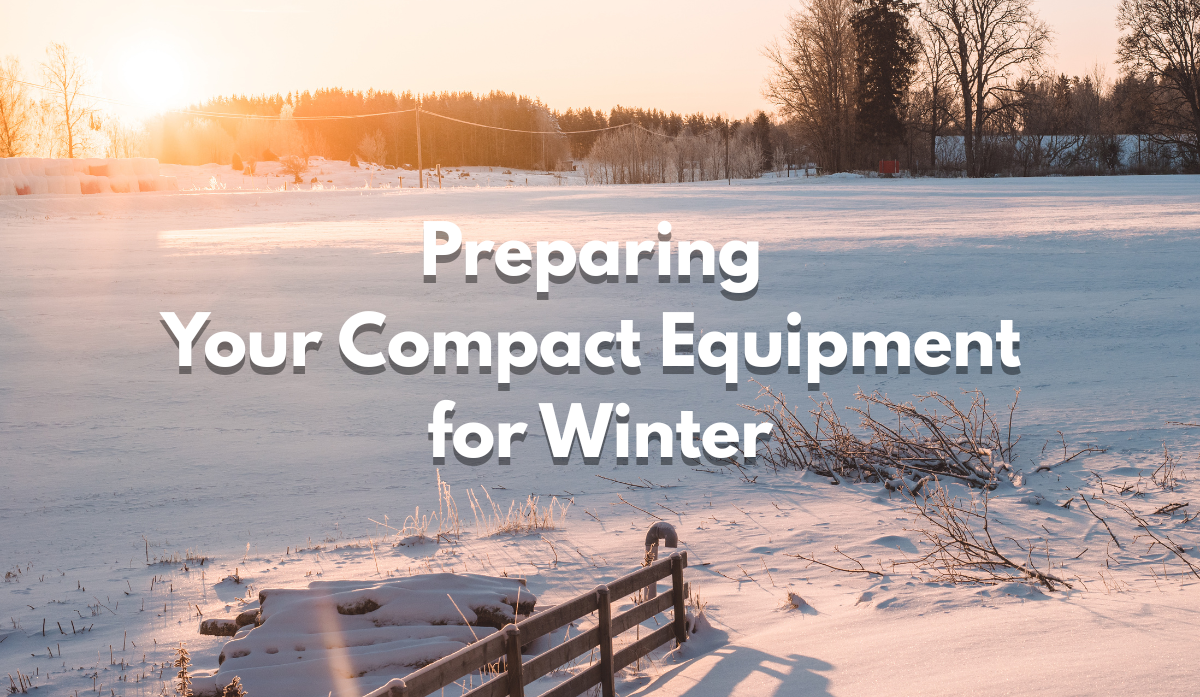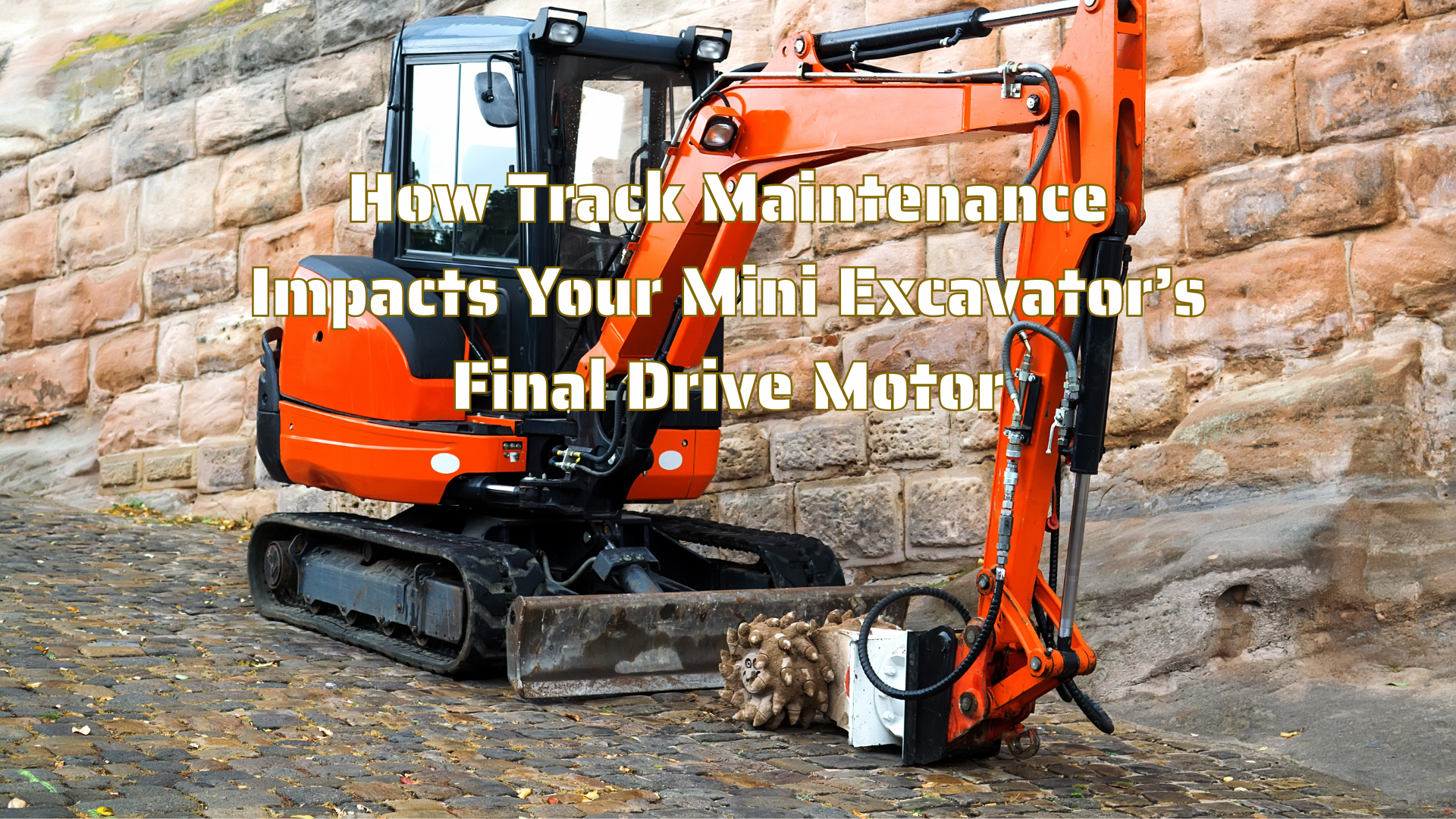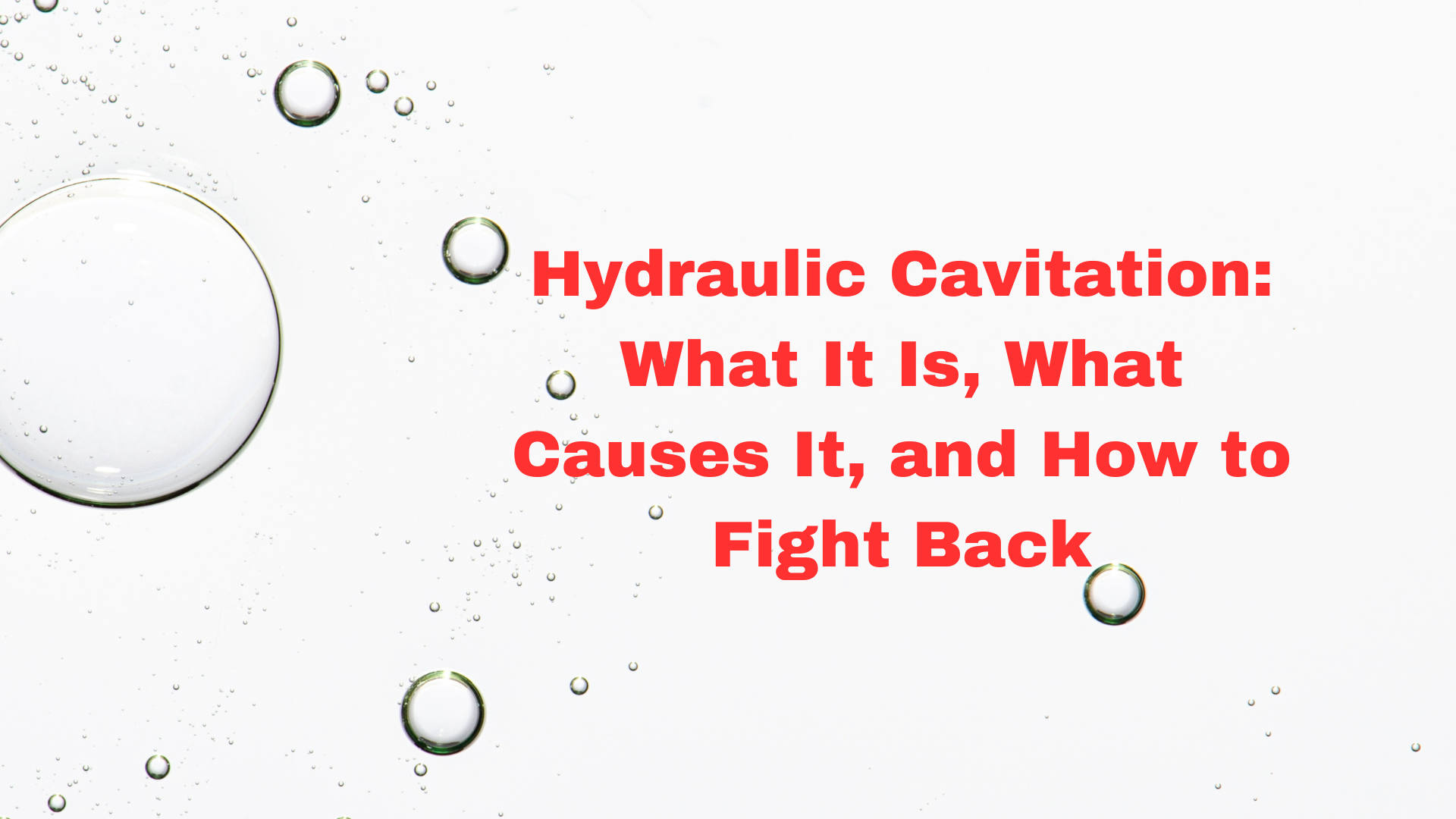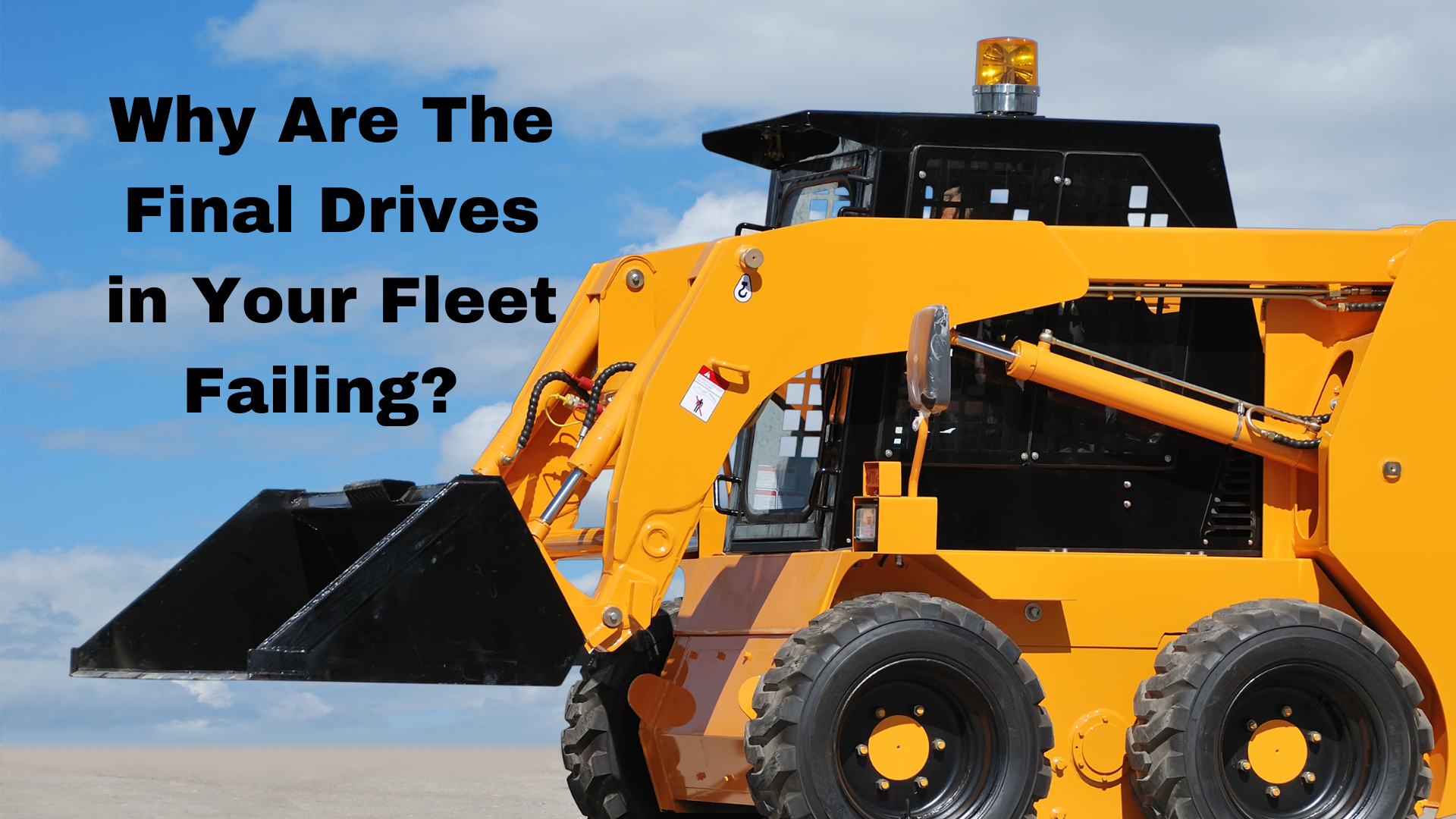3 Keys to Making Your Bobcat T190 Drive Motors Last
Jul 3rd 2020
You've got a major investment in your Bobcat T190, and that includes your final drive motors. In this Shop Talk Blog post, we'll tell you the three things you need to do in order to keep your drive motor out of our shop!
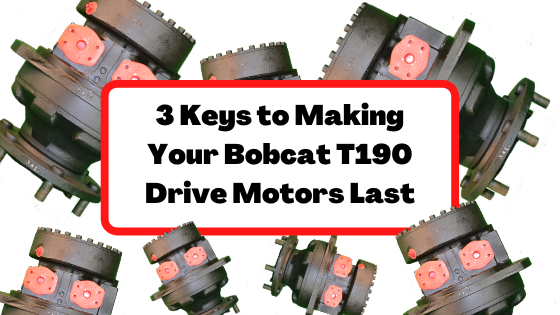
How to Keep Your Bobcat Final Drives Running
Want to keep those drive motors running efficiently?
We'll tell you how -- and we should know because we've diagnosed and repaired hundreds of them.
1. Pay Attention to the Gear Oil
This is one we can't overemphasize. Far too many times we've gotten a Bobcat final drive in our shop, open up the gear hub, and almost gag on the horrific smell that comes out. That sickening combination of sulfur and burnt oil means that someone has failed to check and change the gear oil in that drive.
When gear oil is neglected, there are two things that can happen. Over time, gear oil will age and lose its ability to do its job -- and if its exposed to high temperatures, the aging is accelerated. This leads to inefficiency, poor performance, and premature wear of the parts within your final drive. If the levels of gear oil drop and you never check the gear oil, then the components in your final drive are going to start wearing out fast. This, in turn, will lead to failure and damage that can be expensive to repair.
Most experts (including us) recommend that you check your gear oil levels about once a month or every 100 hours of operation (whichever comes first). You should change out your final drive gear oil at least once a year. Oh, and one more thing: don't try substituting grease for gear oil and don't mix different types of gear oil.
2. Don't Ignore Leaks
Keep an eye out for gear oil and hydraulic fluid in places it's not supposed to be. If you see an abundance of a thin fluid outside of your final drive, that will most likely be hydraulic fluid. Gear oil, on the other hand, will be thicker. But regardless of whether the leak or hydraulic fluid or gear oil, it is very dangerous for your final drive motor for several reasons.
If fluids can get out, that means other things can get in. Dirt, sand, grit, dust, debris, and water can all make their way into your final drive motor if one of the seals is leaking. Abrasive particles will start wearing away at surfaces, and soon you have additional metal particles added to the mix. Tiny particles can get wedged in critical clearances. Filters start clogging up sooner than they should. Needless to say, all of this is very bad for your drive motor.
If you discover a leak, get those seals replaced as soon as you can. The longer you put it off, the worse the damage is going to be. And it can reach a point where that damage just can't be repaired.
3. Replace the Case Drain Filters
Many Bobcat machines have a case drain filter, and that can lead to major problems if you don't change out those filters regularly. In fact, case drain filters are probably the most common source of damage to the Bobcat T190 drive motors that come into our shop. What happens is the filter gets clogged, and that leads to a pressure buildup in the case drain line. Next come a buildup in pressure within your final drive motor. With nowhere for that excess pressure to go, seals get blow, cracks occur, and cover plates can even blow off. Needless to say, that also means major damage within your final drive.
Our best advice to is replace your case drain filter when you replace the other filters on your machine. Once you know where it is located, it’s a fairly straightforward procedure to pull it, change the filter element, and replace it. If you don’t know when your case drain filter was last checked, then track it down and check it today.
Conclusion
To get your Bobcat T190 / T180 / T140 final drive motor to last long, pay attention to the gear oil, don't ignore the leaks, and replace those case drain filter elements! These simple maintenance tasks will extend the life of your final drive motor and save you money both in repair costs and downtime.


